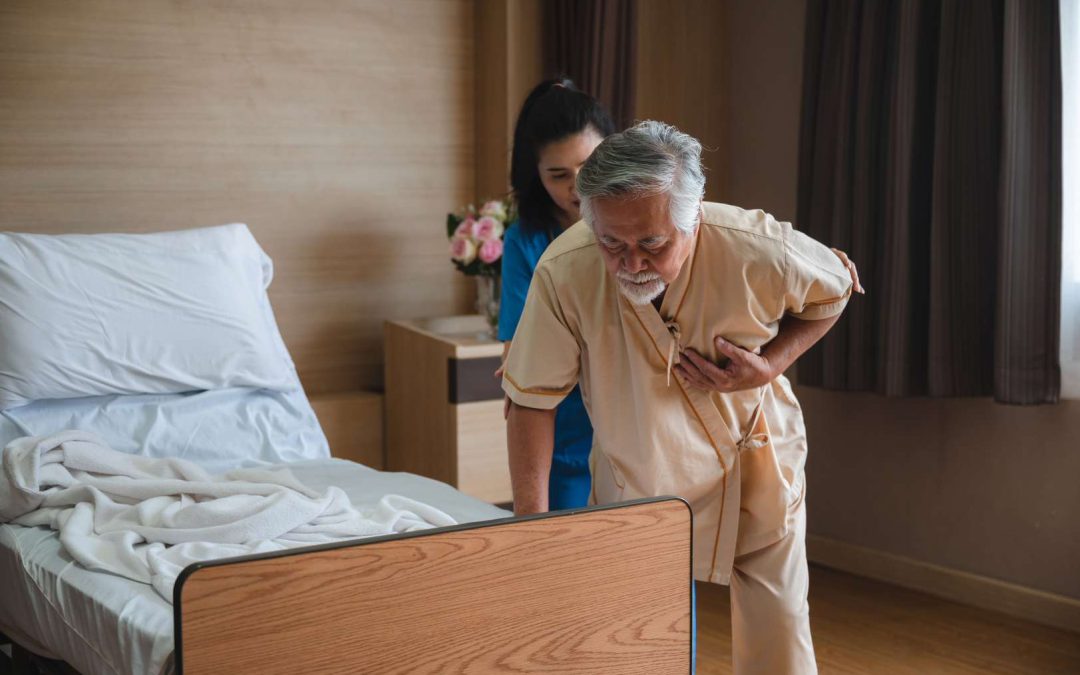As we age, our bodies undergo natural changes that can make us more susceptible to chronic pain. For seniors, managing pain can become a significant challenge, impacting their quality of life, mobility, and overall well-being. This comprehensive guide will delve into the intricacies of chronic pain in seniors, exploring the causes, diagnostic tools, and effective strategies for pain management. We will also examine the crucial role of support systems and resources available to individuals and families navigating this complex journey.
Understanding the Landscape of Senior Pain
Chronic pain, defined as pain lasting three months or longer, is a prevalent issue in the senior population. The aging process itself can contribute to pain through age-related changes in the musculoskeletal system, such as arthritis, joint degeneration, and bone loss. Other common causes include nerve damage, chronic illnesses like diabetes and heart disease, and the side effects of certain medications. It’s important to recognize that chronic pain can be both physical and emotional, often leading to feelings of anxiety, depression, and social isolation. A thorough understanding of the unique factors contributing to senior pain is vital for developing personalized care plans.
Assessing Pain: A Gateway to Effective Management
Before embarking on any treatment strategy, it’s crucial to accurately assess the nature and severity of the pain. This involves a detailed medical history, physical examination, and possibly diagnostic tests like imaging studies or blood work. However, subjective pain assessment is equally important. Seniors may not always express their pain clearly or accurately, making it essential for caregivers to use validated pain scales and observe behavioral cues like facial expressions, body language, and changes in sleep patterns. An open and empathetic approach to communication fosters trust and facilitates accurate pain assessment.
Navigating the Treatment Spectrum: A Multifaceted Approach
Chronic pain management in seniors often requires a multidisciplinary approach, combining medical interventions with complementary therapies and lifestyle adjustments. Pharmacological options include over-the-counter pain relievers, prescription medications, and nerve blocks. Physical therapy plays a critical role in improving strength, flexibility, and range of motion, while occupational therapy helps adapt activities of daily living to minimize pain. Non-pharmacological therapies like acupuncture, massage, and mindfulness techniques can also provide pain relief and improve overall well-being.
The Power of Physical Activity: A Prescription for Pain Relief
Contrary to popular belief, physical activity can be a powerful tool in managing chronic pain. Regular exercise strengthens muscles, improves joint mobility, and reduces stiffness. Gentle forms of exercise like walking, swimming, and yoga are particularly beneficial for seniors. It’s crucial to start slowly and gradually increase the intensity and duration of activity, always listening to the body’s signals. A qualified physical therapist can create a personalized exercise program tailored to individual needs and limitations.
Mind Over Matter: The Role of Emotional Well-being
Chronic pain can have a profound impact on mental health, leading to anxiety, depression, and feelings of hopelessness. It’s essential to address these emotional aspects alongside the physical pain. Cognitive behavioral therapy (CBT) helps individuals identify and challenge negative thought patterns, while mindfulness practices promote relaxation and reduce stress. Support groups and counseling can provide a safe space for sharing experiences and receiving emotional support. A holistic approach that addresses both physical and emotional well-being is key to effective pain management.
Harnessing the Power of Support Systems: A Collaborative Effort
Managing chronic pain is a journey that rarely involves a solitary path. Strong support systems are crucial in navigating the challenges and maximizing well-being. Family members and loved ones can provide emotional support, assistance with daily activities, and companionship. Healthcare professionals, including primary care physicians, specialists, and therapists, offer medical expertise, pain management strategies, and referrals to additional resources. Social workers and community organizations can connect seniors with support groups, transportation services, and financial assistance, ensuring access to essential services.
Unlocking Resources for a Brighter Future
Numerous resources are available to support individuals and families dealing with chronic pain in seniors. The National Institute on Aging (NIA) provides extensive information on pain management, including research findings, treatment options, and resources for caregivers. The American Geriatrics Society (AGS) offers guidelines and recommendations for best practices in senior care, including pain management. Local senior centers and community organizations often offer support groups, educational programs, and social activities tailored to the needs of seniors experiencing chronic pain.
Conclusion: Embracing a Life Beyond Pain
Chronic pain in seniors can pose significant challenges, but it’s not insurmountable. By fostering open communication, utilizing a multidisciplinary approach to treatment, and embracing the power of support systems, we can help seniors live more comfortable and fulfilling lives. This comprehensive guide has highlighted the complexities of senior pain, offering valuable insights into assessment, treatment strategies, and available resources. Remember, every individual’s journey is unique, and personalized care plans are essential for achieving optimal pain management and improving quality of life.



Recent Comments